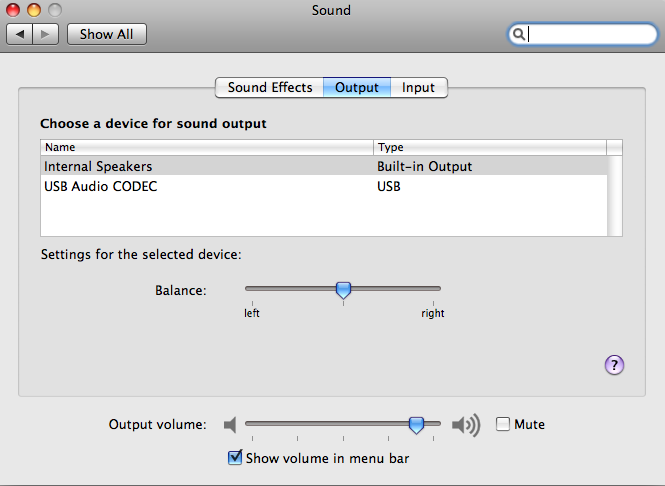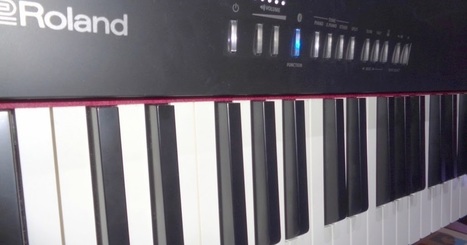Rtty On Cocoamodem For Mac
Users report that the interface is more responsive and that it runs “significantly better” than past 32-bit versions of the app. For macOS users, another change comes in that Steam has stopped using the pre-Yosemite window buttons (finally) and has made the jump to the current design: Yesterday they pushed out a big update with a new chat system they had been testing recently, and, after checking, all of Steam finally seems to run on 64 bit now! Steam all but confirmed for mac. In addition to now being 64-bit, Steam for Mac includes a new chat system which it says more modern, more flexible, and features “group chats built for gaming.” All of the new features of the chat client can be found on.
I don't contest, and use Mac LoggerDX for my log, and was able to get both the cocoaModem and macLoggerDX to work with rig control and digi modes with 2 simple USB cables. I do use the SignaLink USB sound card - even though I probably don't need it. Kok Chen W7AY's cocoaModem for the Mac, configured for CW; I've looked at CWGET on the PC. The program is a good program, but it's just not as slick and polished as what W7AY has done with cocoaModem. I have not tried the setup for PSK or RTTY, so I'll entertain an email from someone who's tried it and has made a contact. I believe it's USB.

CocoaModem Text-to-Speech (Mac OS X) CocoaModem is a Mac OS X modem program for the amateur radio digital modes, such as PSK31 and RTTY. The user interface has features specifically for blind and vision-impaired hams.
This article describes the text-to-speech features in cocoaModem, which include: • Automatic text-to-speech. • Customized ham radio vocabulary.
• User-defined vocabulary. • Automatic spelling of call signs. • Spelling mode for copying weak signals. The Incremental Speech and Voice Assist options augment the easy-to-use VoiceOver screen reader built into Mac OS X. The program is described in a separate on the accessibility of the user interface. Automatic Text-to-Speech CocoaModem has an incremental (word-by-word) text-to-speech option that speaks a new word when it is received or transmitted.
The VoiceOver screen reader is also available to read text, but Incremental Speech works automatically—much easier than typing VoiceOver commands to select and read each received message. An automatic spelling option (letter-by-letter) is useful for copying weak signals with 'noise characters' in the text.
The quality of the text-to-speech is excellent, and W7AY has added an extensive list of substitutions that make spoken ham messages easier to understand. For example: Q-signals, such as QRZ, are spoken as separate letters instead of a word.
Common ham shorthand is converted into English words—'de' is spoken as 'from,' and 'pse k' as 'please go ahead.' The cocoaModem vocabulary is also customizable. You can create an Enunciate.txt file of preferred pronunciations. Incremental Speech automatically detects call signs (mixed letters and digits) and spells them. Without this feature the suffix of some call signs would be pronounced as a word.
Sound Cards Two sound cards are required for digital mode text-to-speech—one for signal processing and another (typically the PC sound card or chipset) for speech. This arrangement prevents the output of the speech synthesizer from being transmitted on the band. Examples of QSO's Two of QSO's demonstrate how easy it is to use cocoaModem text-to-speech. A by W1BLS demonstrates cocoaModem text-to-speech. The page also has a link to an MP4 version for Mac users.

The speech quality is excellent, and W7AY has added an extensive list of substitutions that convert ham abbreviations into natural language. Acknowledgment Thanks to W7AY for answering questions and for including accessibility features in cocoaModem. Author Information Peter DeNeef, AE7PD, is an Extra Class amateur radio operator in the U.S. This Web site has no ads or conflicts of interest. Email: HamRadioAndVision 'at' gmail 'dot' com.
CocoaModem Text-to-Speech (Mac OS X) CocoaModem is a Mac OS X modem program for the amateur radio digital modes, such as PSK31 and RTTY. The user interface has features specifically for blind and vision-impaired hams. This article describes the text-to-speech features in cocoaModem, which include: • Automatic text-to-speech. • Customized ham radio vocabulary. • User-defined vocabulary. • Automatic spelling of call signs.
• Spelling mode for copying weak signals. The Incremental Speech and Voice Assist options augment the easy-to-use VoiceOver screen reader built into Mac OS X. The program is described in a separate on the accessibility of the user interface. Automatic Text-to-Speech CocoaModem has an incremental (word-by-word) text-to-speech option that speaks a new word when it is received or transmitted.
The VoiceOver screen reader is also available to read text, but Incremental Speech works automatically—much easier than typing VoiceOver commands to select and read each received message. An automatic spelling option (letter-by-letter) is useful for copying weak signals with 'noise characters' in the text. The quality of the text-to-speech is excellent, and W7AY has added an extensive list of substitutions that make spoken ham messages easier to understand. For example: Q-signals, such as QRZ, are spoken as separate letters instead of a word.